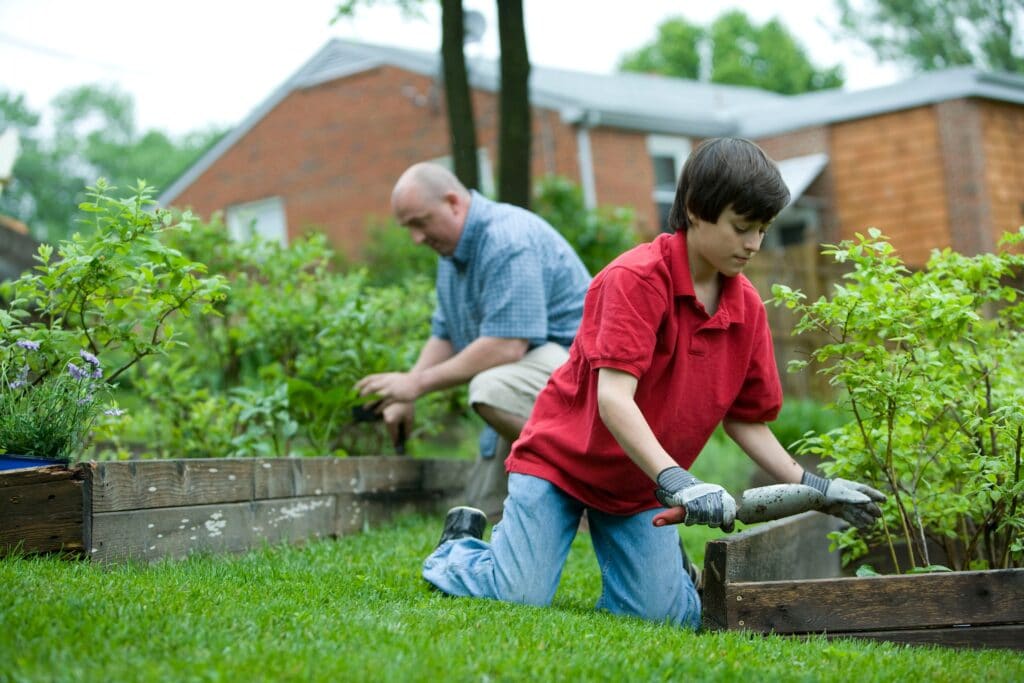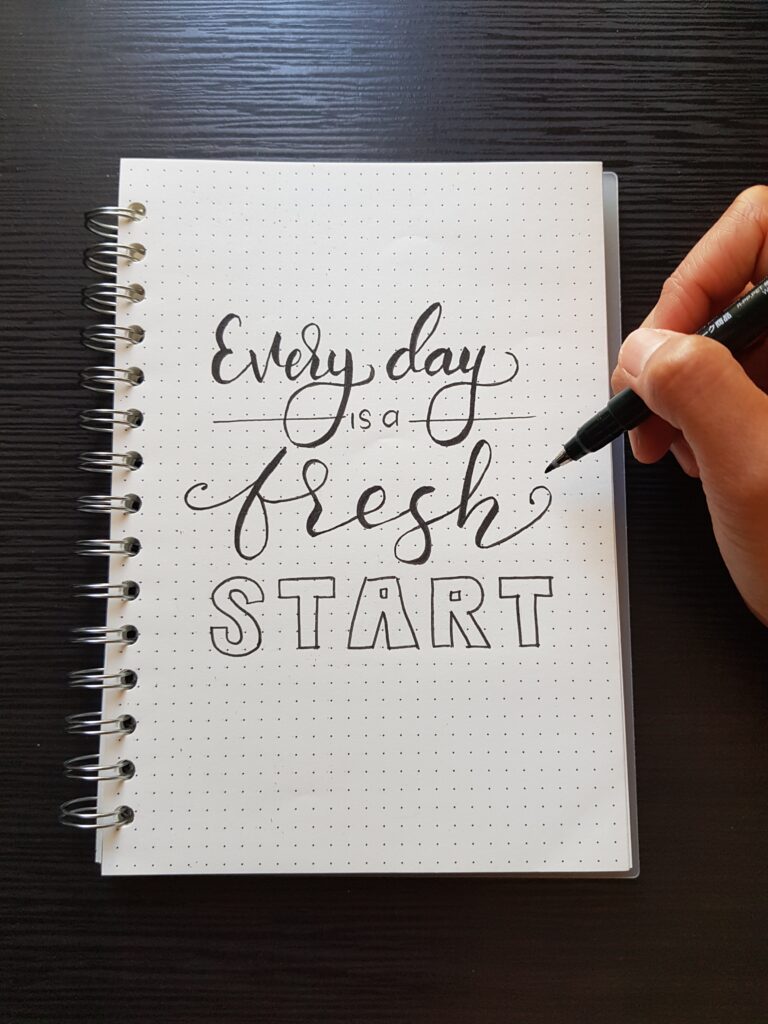Life isn't always fair. Sometimes bad things happen to good people. And nothing is as painful as seeing our loved ones sad. During such times, what they need the most is our support and an understanding environment for them to open up about their emotions.

Here are ten creative ways to care for a sad person. Using a few of these ways will help make your loved ones feel happier and let them know how much you care about them.
1. Listen

Sometimes people want to share their feelings, not for advice, but to get them out of their system. If that happens, listening to the loved ones will let them know that you are there for them. There’s a process of hearing, and then there’s active listening.
Hearing is the passive activity of taking in sounds. Active listening is a skill that facilitates effective communication. It is a communication technique that recognizes the other person’s feelings while interpreting the message, creating a sense of empathy between the speaker and the listener. The party speaking feels validated rather than merely heard.
Paying attention to the other person’s words, and paraphrasing their ideas and phrases to confirm that one understood what they’ve said, shows respect for their feelings, creating a sense of closeness.
Here are a few active listening techniques that will help one to engage with their friend:
- Ask questions to get more information instead of assuming what they mean.
- Validate their feelings by using phrases like, “That sounds difficult. I’m sorry to hear that.”
- Show empathy and interest with your non-verbal cues or body language.
2. Offer Help With Everyday Tasks

For a sad person, day-to-day tasks can feel overwhelming. Simple chores like doing laundry, grocery shopping, or paying bills can start to pile up, making it hard to know where to begin.
In such a case, the person will appreciate an offer of help, but they also might hesitate to say what they need help with.
So, instead of telling them, “Let me know if there's anything I can do,” consider asking, “For what task do you need most help today?”
If their refrigerator is empty, offer to take them grocery shopping, or ask them to make a list of all the things they need and offer to pick them up.

If their dishes, laundry, or other household chores are undone, offer to come over, put some music on, and begin a specific task together. Simply having a company can make the work seem less daunting.
3. Making A Self-Care Plan
Self-care simply means taking care of yourself to be healthy, be well, do one's job, help and care for others, and do all the things one needs to and wants to accomplish in a day. Self-care helps to cope better with daily stressors. It includes everything related to staying physically healthy, including hygiene, nutrition, and seeking medical care. It has all the steps an individual can take to manage stressors in their lives and take care of their health and wellbeing. There are several types of self-care, including physical self-care, emotional self-care, mental self-care, practical self-care, professional self-care, spiritual self-care, social self-care, financial self-care, and environmental self-care.
One can guide and aid their loved ones into making a self-care plan. A self-care plan is a thoughtfully constructed wellness curriculum that helps improve health and wellbeing while managing stress. One can start by helping their friend determine their stress level and activities that help to soothe them the most. A simple self-care plan goes a long way in helping to fight negative emotions and bring one's life back on track.
a plan that is sure to help you stay on track
4. Volunteering Together
Offering to volunteer can work as a great stress reliever. When one is down, giving selflessly to someone in need can help feel better. Doing good for others and the community provides a natural sense of fulfillment. Working with animals has also been shown to improve mood and reduce stress and anxiety. The more we give, the happier we feel.

Research has proven that volunteering helps people sleep better, gain a new perspective, and raise their self-esteem. Volunteering keeps one in regular contact with others and enables one to develop a solid support system, protecting them against negative emotions like sadness, stress, and anxiety. Older adults, especially those who have recently retired or lost a spouse, can find new meanings in their life by extending a helping hand in volunteer work.
Regardless of one's age and problems, volunteering takes one's mind away from their worries and provides mental stimulation, adding zest to life.
There are many opportunities to lend a helping hand. Tutoring unfortunate kids, helping in homeless shelters, or any favored charity are great places to begin. Plus, it can work as a bonding experience for you and your loved ones.
5. Gardening

Evidence suggests that spending more time in nature reduces stress, improves mood, and comes away self-reporting improved wellbeing. Team up with your loved one and indulge in gardening. Gardening helps the environment, spruces up the home, and provides many mental and emotional benefits.
Outdoor gardening and plant care expose us to sunshine and, thus, high amounts of vitamin D, which works as a synthesizer of serotonin. Serotonin is the hormone in brains that induces happiness. While dealing with negative emotions, gardening lends an outlet for keeping the hands and mind busy.
Gardening and plant care provide physical activities for people, distracting the mind from stress-inducing things. Physical exertion from all the exercise will act as an added benefit to help sleep better.
6. Empathize, Don’t Sympathize

The last thing a person struggling with sadness and negative emotions would be someone feeling pity for them. This feeling of pity or sorrow for someone is called sympathy. Empathy, on the other hand, is the ability to understand and share the feelings of another. Both empathy and sympathy can be helpful tools while communicating with loved ones going through some rough periods in their lives. But sympathy is merely responding to someone's situation, while empathy is making a connection with them.
It is about letting them know that you can not only understand what they are feeling, but you can feel it too. A simple gesture of empathy can make them feel a lot better. There are 3 integral parts to empathy that have more formal names but can be easily understood as thoughts, feelings, and actions.
To truly practice empathy, all its 3 parts are required:
Cognitive empathy – The thinking part involves imagining yourself in a similar situation as another person. Using this part without the following two parts of empathy will make one slip into sympathy.
Emotive empathy – It is the feeling part. It involves standing shoulder-to-shoulder with that other person and feeling with them.
Empathic action – It is the most challenging part for many people. Because it means sitting in silence, not doing anything. Many people tend to offer a solution, new perspective, or diversion to do something. But what a person really needs in such a situation is just someone's support, not advice.
Adapting the parts mentioned above of empathy and following them step by step will give your loved ones the comfort they need.
7. Small Goals Go A Long Way

Not having anything to look forward to can make a sad person even sadder. Setting small, achievable goals for the near future gives them something to work upon. Having goals also offers clear thinking and improves the mood.
Completing these goals gives a sense of achievement, which boosts self-esteem, which most people going through a rough time lack. Try and keep the goals simple and easy that could be achieved in a relatively short span. Hard to accomplish and time taking goals run a risk of demoralizing the person.
Sit down with your friend and make a list of some achievable goals like cleaning the house or completing a simple task at the office. Anything easy and productive will help to lift the mood.
8. Appreciation List

When dealing with a rough patch in life, people tend to do a lot of negative self-talk. It is like a constant tape of self-criticism going on repeat inside the brain. Negative thoughts give birth to negative feelings that in turn lead to more negative thoughts until it becomes a vicious cycle of glumness.
Making a list of all the attributes a person admires about themselves and reading it every morning can help break this cycle. Help your close one identify their every admirable trait and write it down on a piece of paper for them. This simple list will help them cultivate an appreciative attitude, increase their energy, and eliminate all the negative self-talk.
9. Distraction Is The Key
It is not a permanent solution, but try to suggest an exciting distraction from the problem. Time is the best healer. Keeping their mind off the problem will give them time to find solutions to tackle the problem. At some point, the problem might go away, or they could come up with a solution. Till then, suggest playing some board games or doing something creative like painting, or playing some card games.
10. Be There

There are times when people are not looking for some advice but just some company in their times of hardship. Being always there for someone is easier said than done. Investing in another human in caring and always listening to them actively requires time and energy.
A setback of this sort can be overcome with the love and support of a loving friend or family member. Try to listen to them with an open heart and an open mind. Provide them a non-judgmental environment where they can easily open up and discuss their feelings fearlessly.
Being there for someone doesn't necessarily mean being near them physically; it instead means providing them the emotional support that they might be looking for at this moment of crisis.
Takeaway
Life is like a roller coaster ride with many ups and downs. Family and friends are like that net that one can fall back on during low times. Some love and some support from close ones can help conquer the times of hardships. There are many creative and simple ways that can instantly put a smile on one's face.
The above-mentioned ways may not be an instant solution, but they sure are permanent. In the end, showing your loved ones that you care enough for them to be putting in efforts will definitely make them feel happier.
